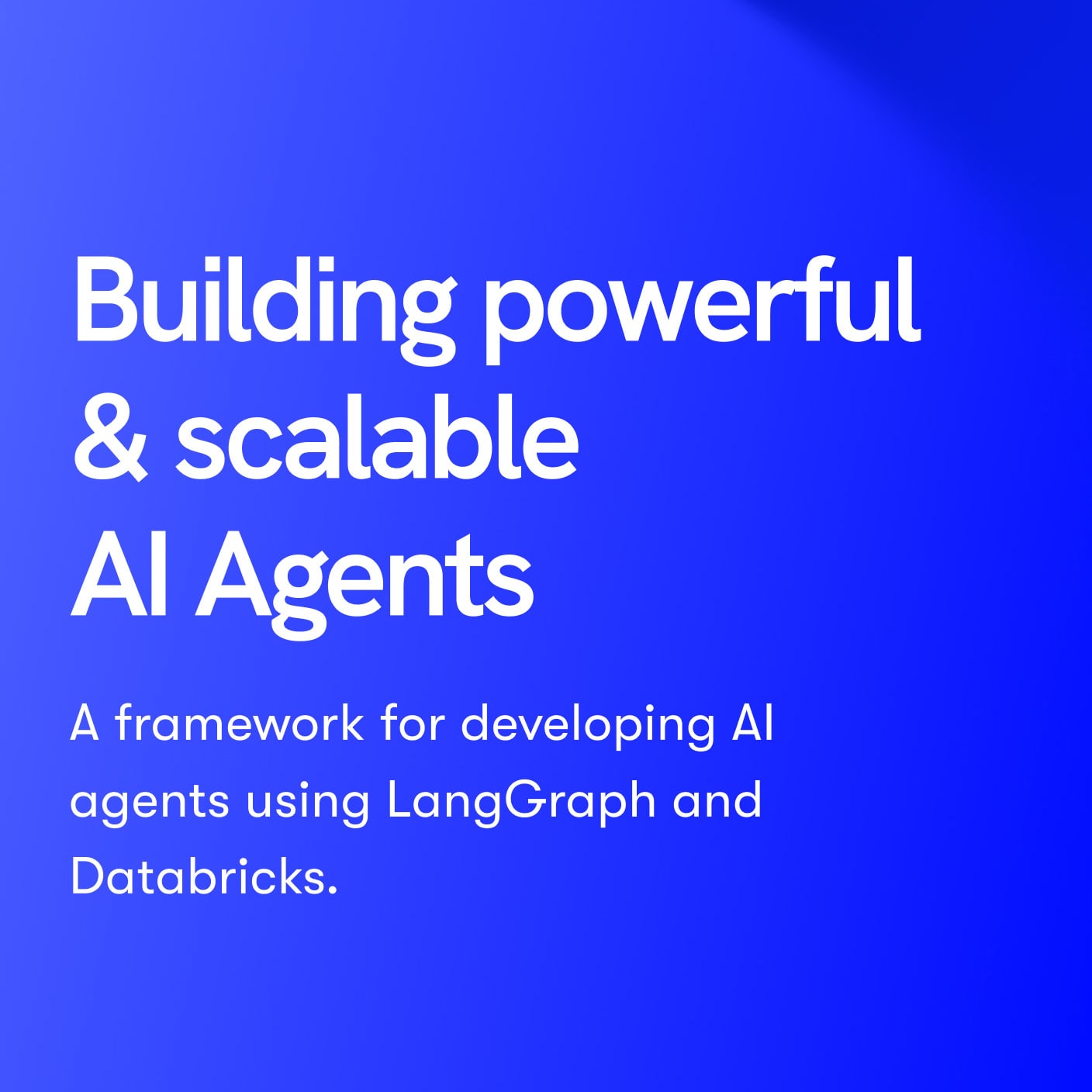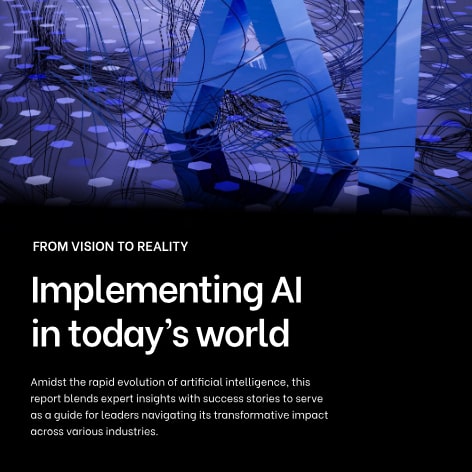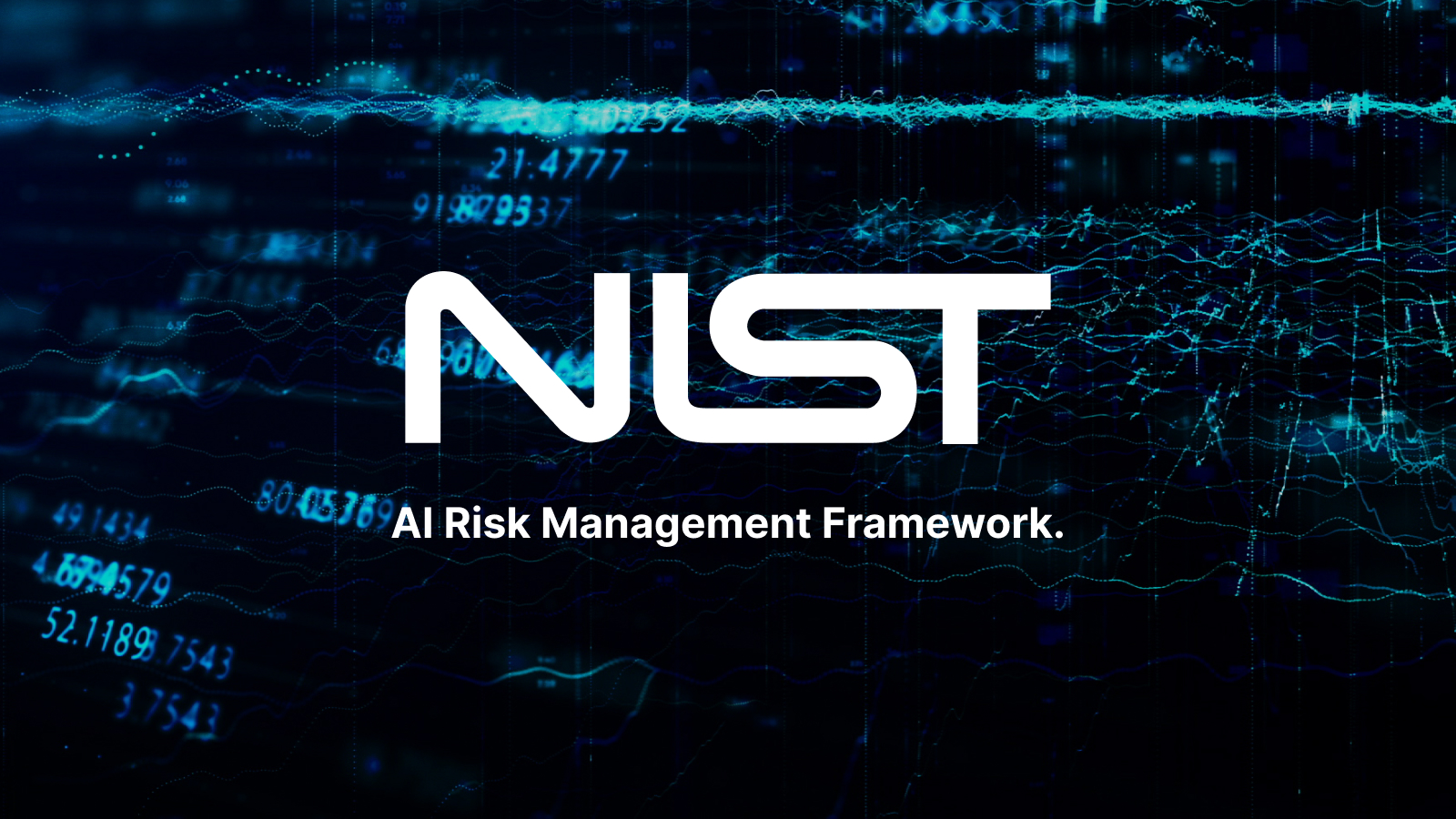I had the privilege of participating in the Global Semiconductor Alliance (GSA) European Executive Forum in Munich that brought together senior leaders from across the semiconductor ecosystem to tackle the mounting pressures and transformative opportunities facing the industry in Europe.
As Europe sharpens its focus on competitive sovereignty and AI-enabled growth, executives must navigate shifting geopolitical dynamics, technological breakthroughs, and an increasingly complex value chain. They have to determine where they can compete given the pressure from both China and the US.
Here are 3 of my key takeaways from the event.
#Takeaway 1: The geopolitical imperative – sovereignty in a multipolar world
Europe is prioritizing semiconductor sovereignty as a strategic imperative.
Faced with growing innovation from China and an unpredictable global trade environment, European leaders are doubling down on domestic capabilities. The European Chips Act and regional investment strategies were key topics of discussion, signaling a collective push toward reducing dependence on foreign technologies and asserting leadership in advanced manufacturing.
Tariffs and trade friction are chilling capital flows.
Executives expressed widespread concern over tariff volatility and its impact on long-term investment and buying decisions. The forum made clear that global trade uncertainty has become a central factor. Derisking from the US; determining where and how semiconductor firms allocate capital and scale innovation was a central theme.
#Takeaway 2: Innovation in architecture – from chiplets to energy orchestration
Chiplets on CMOS are redefining flexibility and time-to-market.
The growing adoption of chiplets – modular silicon blocks that can be mixed and matched to form complex systems – is transforming semiconductor design. Executives highlighted how leveraging mature CMOS (complementary metal-oxide-semiconductor) processes as a base platform enables faster development cycles, improved yields, and lower costs. This modular approach is particularly valuable in automotive and industrial applications, where flexibility and rapid iteration are critical. By decoupling functional components from monolithic chips, chiplet architectures on CMOS pave the way for more scalable and customizable solutions.
Power is the new performance frontier.
From tiny edge processors to hyperscale data centers, power consumption and management have become central concerns. Added to this are of course the rapidly increasing AI workloads which are highly power hungry. Companies that lead in power orchestration across device ecosystems will define the next wave of value creation.
#Takeaway 3: Automotive – Europe’s AI proving ground
Automotive is Europe’s innovation beachhead.
Europe is aligning its semiconductor roadmap around the automotive sector, viewing it as the region’s most viable path to differentiation. AI-enabled features—especially in Level 2.5 to 3.0 Advanced Driver-Assistance Systems (ADAS) and infotainment—are attracting significant investment. OEMs and Tier 1 suppliers are working closely with chipmakers to co-develop solutions that balance safety, performance, and user experience.
Data is the bottleneck to autonomy.
While enthusiasm for autonomous vehicles remains high, the most significant challenge is not compute power—it’s data. Executives flagged the enormous difficulty of collecting, curating, and transmitting driving data at scale to train large ADAS language models. The lack of harmonized standards for data labeling, privacy, and interoperability further complicates progress.
Strategic imperatives for executive leaders
Senior executives must align their strategies with the following imperatives:
- Invest in regional resilience. In an era of trade fragmentation, regional self-reliance is a competitive advantage. Strengthening local partnerships, supply chains, and talent pools will be crucial.
- Accelerate chiplet adoption. Embracing modular design can dramatically reduce time-to-market and improve design efficiency across applications.
- Prioritize energy innovation. Leadership in energy management—both at the chip and systems level—will separate market leaders from laggards.
- Own the automotive data pipeline. Winning in ADAS and autonomous drive requires not just sensors and silicon, but end-to-end expertise across data collection, training, and governance.
Looking forward: The race to rewire global leadership
The GSA Executive Forum underscored that the semiconductor industry is at a geopolitical and technological inflection point. Europe is signaling intent to lead, leveraging its automotive legacy and research capabilities to build a new era of sovereign digital power. But success will require bold investments, cross-industry collaboration, and a ruthless focus on data and energy as the currencies of innovation.
For C-level leaders, the message is clear: The semiconductor battleground is no longer just about performance. It’s about who controls the ecosystem—from silicon to software, from edge to cloud, and from idea to infrastructure. The race is on.

Learn more about Qubika's Embedded Engineering Studio
Qubika accelerates embedded and semiconductor innovation with our proven embedded development methodology leveraged by highly qualified software engineers.


























